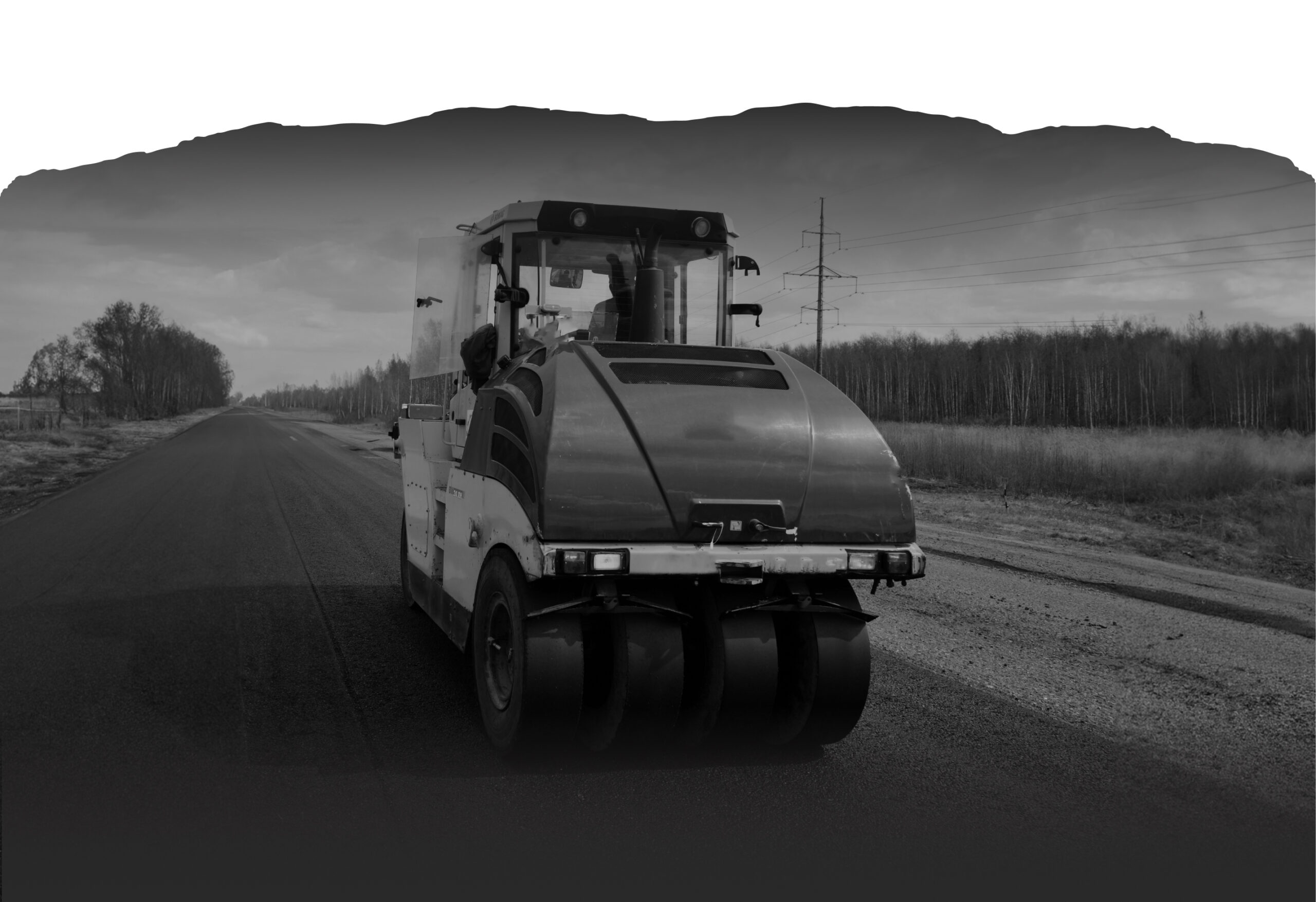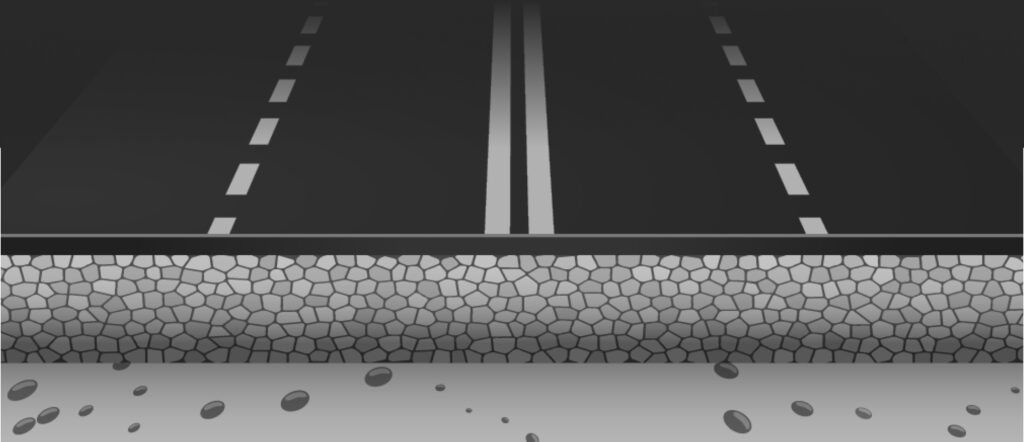How to Repair a Pothole

Organizations responsible for road maintenance already know there isn’t just one answer to this question. That’s because there are many different ways to repair a pothole. However, for the average motorist driving over a freshly paved one, they might think the process seems simple enough.
Step 1: Find a pothole
Step 2: Fill the pothole with material
Step 3: Compact the material
Step 4: Job complete
And while this may be a stripped down version of pothole repair, it’s not quite that simple. Factors such as weather, budget, and material can make the process of pothole repair complex and costly for municipalities and other organizations tasked with road maintenance.
To understand why there’s more to pothole repair than meets the eye, we’ll discuss common methods for pothole repairs and the problems surrounding these methods.
Finally, we’ll offer a better solution for how to repair a pothole, a solution that might just be as simple as the average motorist thinks it is.
Common Pothole Repair Materials and Methods
Repairing a Pothole with Hot Mix Asphalt
Hot Mix Asphalt, commonly referred to as HMA, is regarded as one of the best materials for permanent pothole repair and new road construction.
Generally, a truck filled with 6-10 times more material than needed will go out to an area of damaged road and close it off for repair for several hours. The process for these repairs goes like this:
- The damaged area of the road surrounding the pothole is cut from its rigid circle into an even square or rectangle and cleaned of any debris and must be moisture-free.
- Once the area is fully prepped, the crew will begin spraying the pothole with a tack coat of binder into the pothole covering the surface area.
- Before the binder can dry, the repair crew will quickly fill the pothole with the HMA in 4-inch layers (for potholes deeper than 6 inches).
- After the area is filled with asphalt, it must be compacted with a large roller or vibratory plate compactor.
The Problem with Hot Mix Asphalt
While repairing potholes with HMA is effective, the process is often expensive, time-restrictive, and labor-intensive.
Repairing potholes with hot mix asphalt is a process that typically involves the use of heavy machinery and a crew of experienced road repair technicians, making the cost of labor high.
Additionally, most manufacturers of HMA on the market require a minimum purchase of 4 – 5 tons regardless of what is actually needed. Because of this, it is very common to see large amounts of asphalt go to waste, which is an unnecessary cost for most local governments.
Lastly, HMA is extremely time and weather sensitive, becoming unworkable beneath air temperatures of 50 degrees Fahrenheit or below. HMA must also remain between 300 to 350 degrees Fahrenheit in order for the material to be used.
While this process may seem excessive for fixing something as small as a pothole, it has been the standard solution to maintain a road. The problem with this process is that it is very costly and takes a considerable amount of time to plan and complete.
Repairing a Pothole with Cold Patch Asphalt
During colder temperatures when HMA isn’t workable, organizations commonly rely on cold patch asphalt. Unlike HMA, cold patch is generally available in much smaller amounts such as 50lbs bags of asphalt for smaller road repairs like potholes.
And while cold patch asphalt is generally less labor-extensive than HMA, this material is only suitable for temporary road repairs and will not withstand years worth of traffic and weather.
Nevertheless, countless organizations utilize cold patch asphalt as a cheaper, easier method of pothole repair when hot mix asphalt is unavailable or when emergency road repairs are needed.
The Problem with Cold Patch Asphalt
The methods of compaction vary greatly depending on the brand. Some brands require the use of water to fully harden, while others have a curing period of anywhere between 24 hours to a few weeks to become “road ready”.
The chemicals that cause many cold patches to bind are also quite hazardous, containing dangerous volatile organic compounds.
Some brands even require the use of small compacting tools like vibratory plates and rollers, as well as saws for squaring off the edges of the pothole.
The common issue with most cold patch products is that the composition of many manufactured asphalts doesn’t allow the material to create a permanent repair. Changes in ambient temperature and moisture can greatly affect the curing periods which often leads to what is known as a “failed patch.”
Most cold patch products are graded to last six months to a year, depending on the severity of the weather.
This poses a huge problem for the safety of roads, especially in colder climates, as cold patch asphalts are used during cold and wet conditions when a permanent option like HMA is unworkable.
Because of the material’s inability to create a permanent repair, road crews will often revisit and repair the pothole again within the year. Between repairs, these “failed patches” pose a great risk of liability for organizations responsible for keeping their roads in safe conditions.
RockAsphalt©, A Better Pothole Repair Solution
Regardless of which material is used, on average, the repair of a pothole costs cities in the US $800 per repair when they rely on HMA or cold patch asphalt. In most cases, that same repair has to be repeated multiple times throughout the year.
These “failed patches” are caused by factors such as weather, human error, and low-quality repair products.
With RockAsphalt©, you can accomplish a higher quality of repair for less than 5% of that cost. Most importantly, your repair is guaranteed permanent in any weather condition without the use of heavy machinery or lengthy curing periods.
RockAsphalt© is the only permanent asphalt repair available that comes from the natural formations of oil-infused rocks, secreting a high-purity bitumen binder immediately on compaction.
This instant bond makes repairs ready for traffic immediately, without the need of road closures. This is also why RockAsphalt© is trusted by countless organizations including TxDOT for their new road construction and pothole repairs.
It’s also 100% VOC free and worker-friendly, meaning the material is safe to use and the intensity of labor is low, requiring no tools or training.
While RockAsphalt© comes in 50lb bags like cold patch, its unique composition really sets it apart into a category of its own. Since it is not weather-sensitive and compacts immediately, RockAsphalt© is also sold in bulk for new road construction and extensive road repair projects.
With RockAsphalt©, a pothole repair can be done in less than 5 minutes and at a fraction of the cost, without any planning or weather delays. Repairing a pothole with RockAsphalt© is actually as simple as the common motorist thinks it is.
Repairing a pothole with RockAsphalt©
- Sweep the area clear of any debris.

- Fill the area with RockAsphalt© leaving some excess in the middle.

- Drive over the newly filled area with any car in an overlapping “V” formation.

- The newly repaired road is ready for road traffic immediately after being compacted!

What makes repairing a pothole with RockAsphalt© so different from other materials is its simplicity.
RockAsphalt© isn’t sensitive to weather and therefore able to make permanent repairs year-round.
Because of the unique bitumen-infused rocks that create a permanent bond once compacted with a tire, RockAsphalt© is traffic-ready immediately. Whereas with certain cold patches, a vehicle’s tire would cause the patch to rupture, becoming a “failed patch”.
Besides a vehicle tire, or in cases of new road construction, a large roller, there is no need for tools or training that most other asphalts require.
With all the material restrictions that accompany most pothole repair materials, the process of repairing a pothole isn’t all that simple.
However when you repair a pothole with RockAsphalt©, the process is as simple as what the common motorist would assume.

Ready to do road repairs the fast & easy way?
RockAsphalt© replaces cold and hot mix making road repair of all sizes fast, clean, simple and permanent the first time.
Try it for yourself and learn why crews love it.
Get your free sample bags and have your team see how fast and easy it is to permanently fix potholes.


